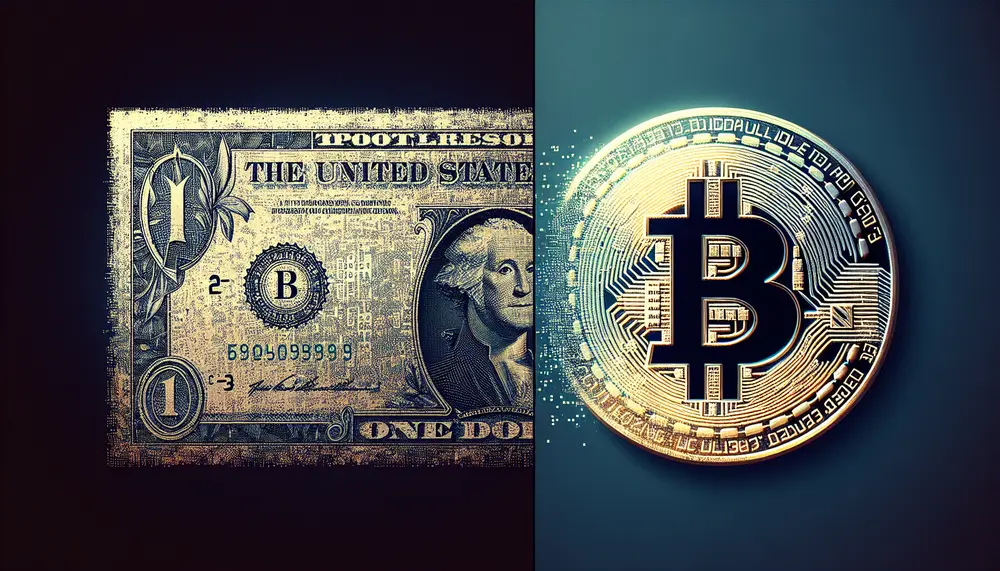Monetary Policy
Monetary Policy
Understanding the fundamentals of trading can be overwhelming, especially for beginners. One key concept that every trader should have a grasp on is the Monetary Policy. In this glossary entry, we'll take an extensive look into what Monetary Policy means in the context of trading.
What is Monetary Policy?
The term Monetary Policy refers to the actions taken by central banks, such as the Federal Reserve in the United States or the European Central Bank in Europe, to control the supply of money in an economy. It's a financial tool used to manage inflation, stabilize the economy, and promote sustainable economic growth.
How does Monetary Policy impact Trading?
In the world of trading, the central banks' decisions on Monetary Policy can influence currency values, bond yields, stock prices, and essentially the overall financial market. For instance, if a central bank decides to decrease interest rates, businesses can borrow money at lower costs, therefore encouraging economic growth. This typically leads to an increase in stock prices as investor confidence grows. Conversely, when interest rates increase, borrowing becomes more expensive, potentially slowing economic growth and causing a decrease in stock prices.
The Role of Monetary Policy in Forex Trading
The Monetary Policy notably impacts the foreign exchange (Forex) market. Forex traders pay close attention to Monetary Policy announcements to anticipate potential changes in currency value. If a country's central bank decides to raise interest rates, for example, it might attract foreign investors looking for higher returns, leading to an increase in the value of that country's currency.
Monetary Policy and your Trading Strategy
Traders should consider Monetary Policy as part of their trading strategy. An understanding of the potential impact of a central bank's decisions can provide an edge when making trading decisions. By staying informed about Monetary Policies, traders can make more accurate predictions about market movements and plan their trades accordingly. Remember, informed trading is always better than blind speculation.
Conclusion
In conclusion, understanding the Monetary Policy and how it influences market trends is vital in trading. It can guide you in making judicious trading decisions, minimizing risk, and maximizing potential profits. As a trader, always stay updated with the Monetary Policies of the central banks relative to your trading interests.
Blog Posts with the term: Monetary Policy

Bitcoin trading analysis involves understanding market behavior and using data like transaction histories, price charts, and volumes to predict price movements through technical or fundamental analysis. Technical analysis focuses on patterns in past data to forecast future prices, while fundamental...

Central Banks play a crucial role in managing a country's money supply and regulating the economy. Their policy decisions have a significant impact on financial markets, including interest rate changes, quantitative easing, and regulation, which can influence trading behavior and...

Crypto fundamental analysis is a tool used to evaluate the factors that can influence the price of a cryptocurrency, such as technology, regulations, and market sentiment. It helps traders make informed investment decisions and identify long-term opportunities in the volatile...

Forex trading involves the exchange of government-backed currencies and is considered the largest, most liquid market in the world with a daily volume exceeding $6 trillion. In contrast, crypto trading deals with digital or virtual currencies not backed by any...


